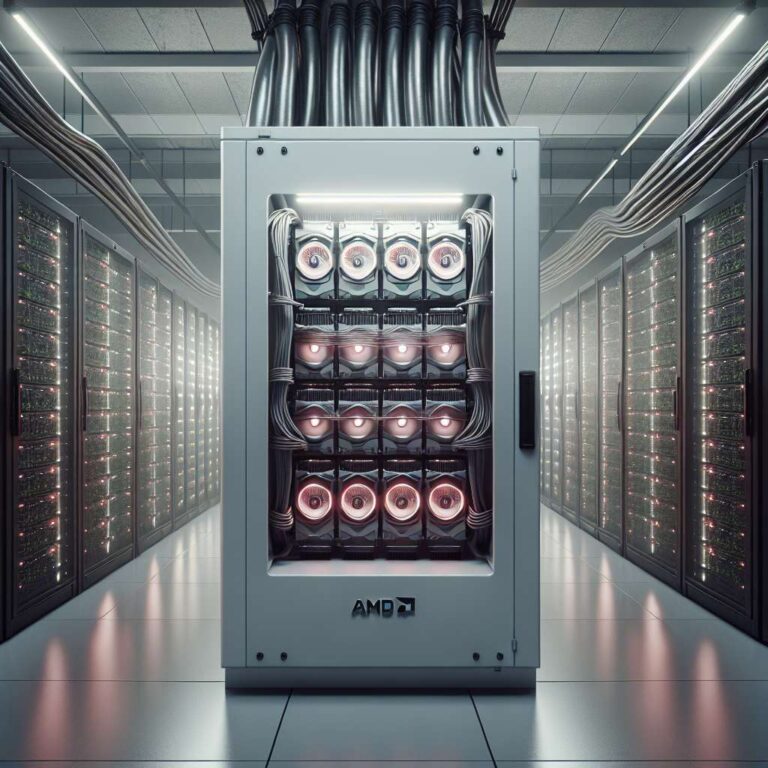AMD is set to unveil its Instinct MI350 series, a fresh generation of GPU accelerators tailored for large-scale Artificial Intelligence training and inference, during its upcoming ´Advancing AI´ livestream. Making its first appearance at ISC 2025 in Hamburg, the MI350 line includes the MI350X and MI355X models, both boasting 288 GB of HBM3E memory per card with 8 TB/s sustained bandwidth. For users requiring massive memory pools, an eight-GPU configuration aggregates over 2.3 TB of memory. Significantly, these accelerators are constructed on the CDNA 4 architecture, supporting a versatile range of precision formats: FP16, FP8, as well as newly added FP6 and FP4. The latter two formats are designed to boost computational throughput specifically for modern Artificial Intelligence models with immense parameter counts.
Performance figures highlight substantial advancements: the MI350X delivers 4.6 PetaFLOPS in half-precision, while an eight-GPU platform scales to 36.8 PetaFLOPS. The MI355X, which operates at a higher clock speed, pushes those numbers further to 5.03 PetaFLOPS per card and just over 40 PetaFLOPS for the eight-card setup. AMD claims a remarkable thirty-fold increase in energy efficiency relative to its prior offerings. Thermal and power design are notable differentiators between the two. The MI350X is rated for 1,000 watts using air cooling, but the MI355X jumps to a substantial 1,400 watts and demands direct-liquid cooling. This positions it directly against NVIDIA´s anticipated GB300 ´Grace Blackwell Ultra´ superchip, which also targets the 1,400 watt envelope, suggesting fierce competition at the high end of the Artificial Intelligence accelerator market.
Despite major advances in memory capacity, performance, and efficiency, the Instinct MI350 platform is currently limited to configurations of up to eight GPUs. AMD plans to address larger-scale deployments with the forthcoming Instinct MI400 series, which will enable broader system scalability. As the industry eagerly anticipates independent benchmarking, these ambitious specifications set the stage for the next phase in Artificial Intelligence hardware innovation, with AMD sharpening its challenge to entrenched rivals.

